APPARATUS AND METHODS FOR DETERMINING A RESOURCE DISTRIBUTION
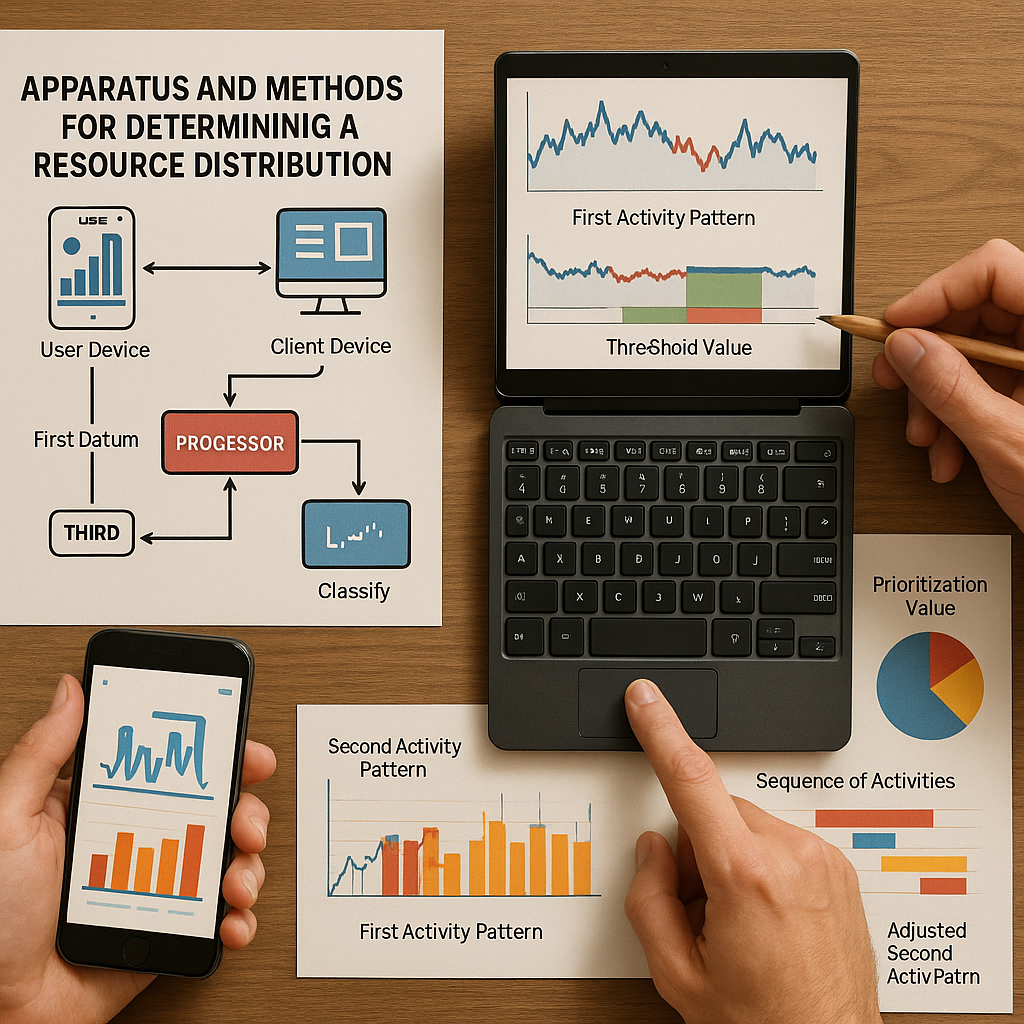
Invented by Smith; Barbara Sue, Sullivan; Daniel J., The Strategic Coach Inc.
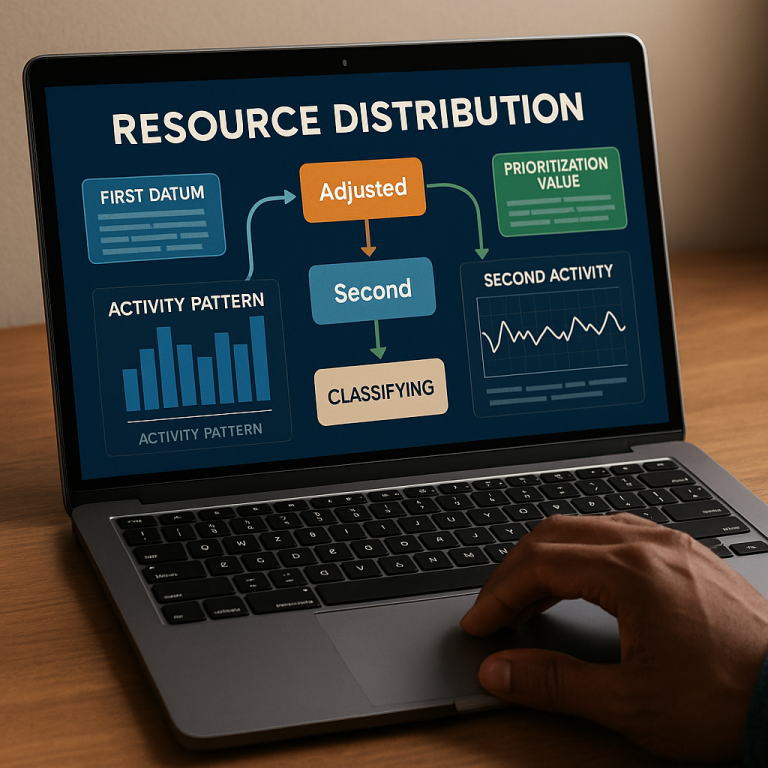
Every day, we try to figure out how to make the most of our time and resources. What if a computer could help you decide the best way to use your time, match your priorities, and even adjust based on your feedback? This is exactly what the patent application “Apparatus and Methods for Determining a Resource Distribution” is all about. In this article, we will explore the background, the scientific thinking, and the key ideas that make this invention unique.
Background and Market Context
In today’s world, people and businesses face tough choices on how to spend their time and resources. Whether you are a student, a working professional, or a business owner, the challenge of deciding what activities to focus on and when to do them is very real. Time is limited. People want to balance work, family, fun, and personal growth, but often find it hard to manage all at once. This is not just a personal problem; companies also need to decide how to use their workers’ time for the best results.
Many tools try to help with this. There are apps for to-do lists, calendars, and reminders. Some business software tracks how much time is spent on projects. But these tools mostly just collect information. They don’t think for you. They don’t help you truly understand if your schedule matches your goals or suggest real changes based on what matters to you. Most of these systems are not smart. They don’t learn from your habits or adapt to your changing needs. Some even make things more confusing by giving too much information without clear advice.
At the same time, advances in artificial intelligence (AI) and machine learning are changing other areas of life. AI can now spot trends, make predictions, and even help with decisions in fields like finance, healthcare, and shopping. But using AI to help regular people or companies find the best way to use time and resources is still new. Most scheduling tools do not use AI to truly personalize advice, adjust to new data, or learn from user feedback.
This gap in the market is huge. People want more than just a digital calendar. They want a system that helps them make better choices about their time and resources, one that can adapt as their goals change. The patent application we are discussing aims to fill this gap. It describes a smart system that does more than organize your schedule; it looks at your activity patterns, learns your priorities, and works with you to keep your plans on track.
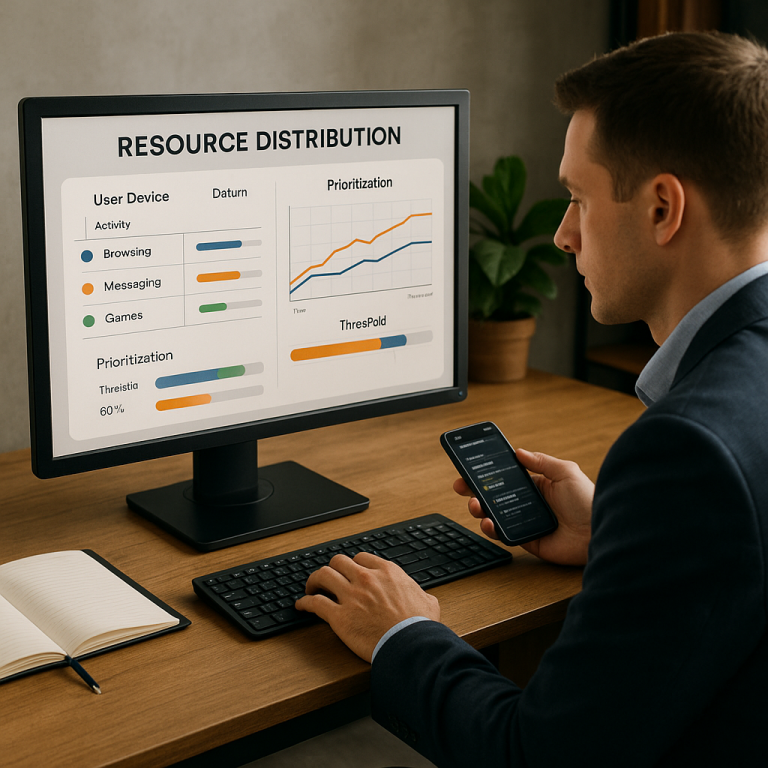
Scientific Rationale and Prior Art
Why use AI for scheduling and resource planning? The main reason is that people often struggle to balance different goals. For example, you may want to make more money, spend more time with your family, learn new skills, or relax. Each goal takes time, but time is limited. Deciding which activity should come first, and how much time to spend on each, is hard.
Past solutions have tried to make this easier. Traditional methods include paper planners, spreadsheets, and simple apps. These let you write down what you want to do, and sometimes show you how much time you spend on each task. Some business tools go further by tracking hours worked, project milestones, or sales targets. But they often treat all users the same and don’t adapt to changing needs.
AI has the power to do more. By learning from your behavior, it can spot patterns in how you spend your time. It can compare your current habits to your stated goals. For instance, if you say you want more free time, but your schedule is full of work tasks, AI can notice this gap. It can then suggest changes to help you reach your goal.
Before this invention, some attempts were made to use AI for scheduling. For example, certain apps can suggest meeting times based on availability, or recommend focus periods based on past work. However, most of these tools are limited. They do not gather enough information about your real priorities. They rarely use machine learning to classify your activities or adjust recommendations based on your feedback. They also do not provide a way to show, in a clear and interactive way, how your choices match your goals or where they fall short.
This invention stands out because it combines several advanced concepts. It uses machine learning to classify your activity patterns, not just list them. It introduces the idea of “labels”—simple categories like “leisure,” “income-generation,” or “relationship-building”—to group your activities. It measures how close your current habits are to your goals (“proximity”) and how different your plans are from your actions (“divergence”). It also provides an interactive display that lets you see, adjust, and improve your resource distribution—making the process both smart and easy to use.
In summary, this invention builds on years of research in AI, pattern recognition, and user interface design. But it takes big steps forward by offering a system that learns from you, adapts as you change, and helps you bridge the gap between your plans and your reality.
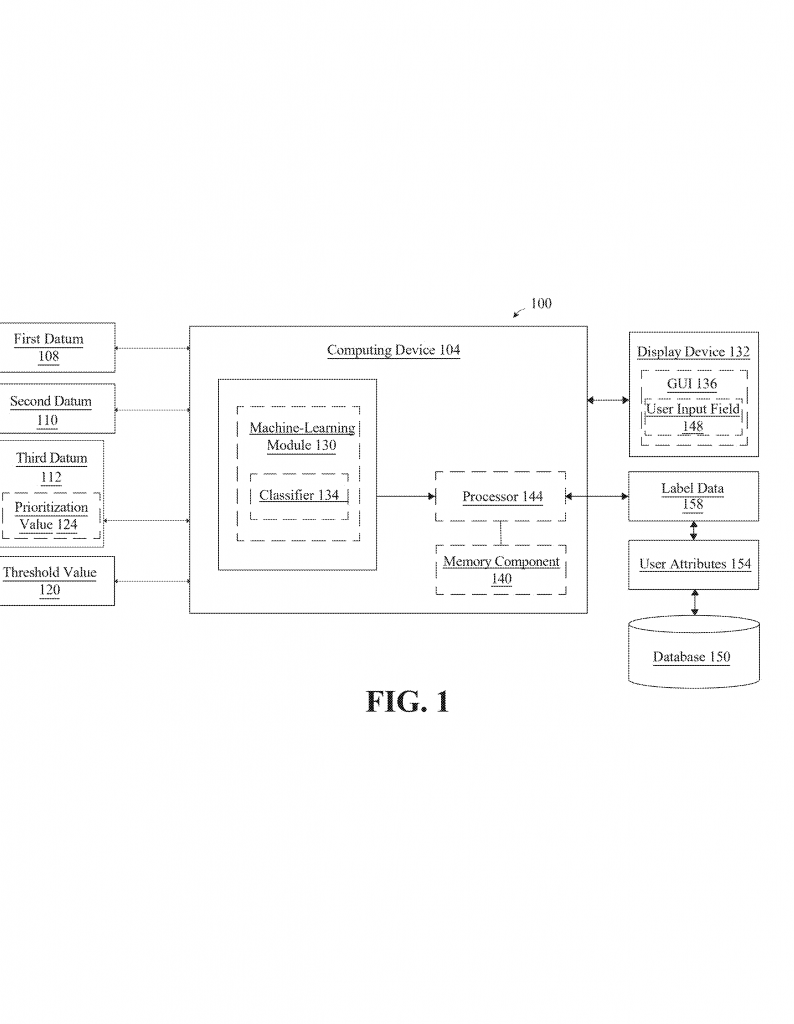
Invention Description and Key Innovations
At its core, this invention is a smart system for helping you decide how to use your time and resources. Let’s break down how it works, what makes it special, and how you might use it.
The system has three main parts: a processor (the “brain”), memory (where it stores instructions and data), and an interactive display (where you see and change your schedule). Here’s how the process unfolds:
First, the system gathers data about your activities. This can come from your phone, computer, or any device you use. The data describes your activity patterns—what you do, when you do it, and for how long. For example, you might spend 8 hours working, 2 hours on hobbies, and 3 hours with family each day. The system calls this the “first datum,” or your current activity pattern.
Next, the system pulls up a “second datum.” This could be a different activity pattern (maybe your ideal schedule or another person’s pattern for comparison), or a value that shows your priorities—what matters most to you at this time.
A third piece of data is brought in, called the “prioritization value.” This is a number or ranking that shows how much you value one activity over another. For example, if you care more about work than leisure, the prioritization value reflects that.
Now comes the smart part. The processor uses a machine learning model—a kind of computer program that learns from examples. This model takes your current pattern, your priorities, and other data, and sorts them into “labels.” These labels are easy-to-understand categories like “leisure,” “income-generation,” “relationship-building,” or “personal goals.” The labels help group your activities and show which ones matter most to you.
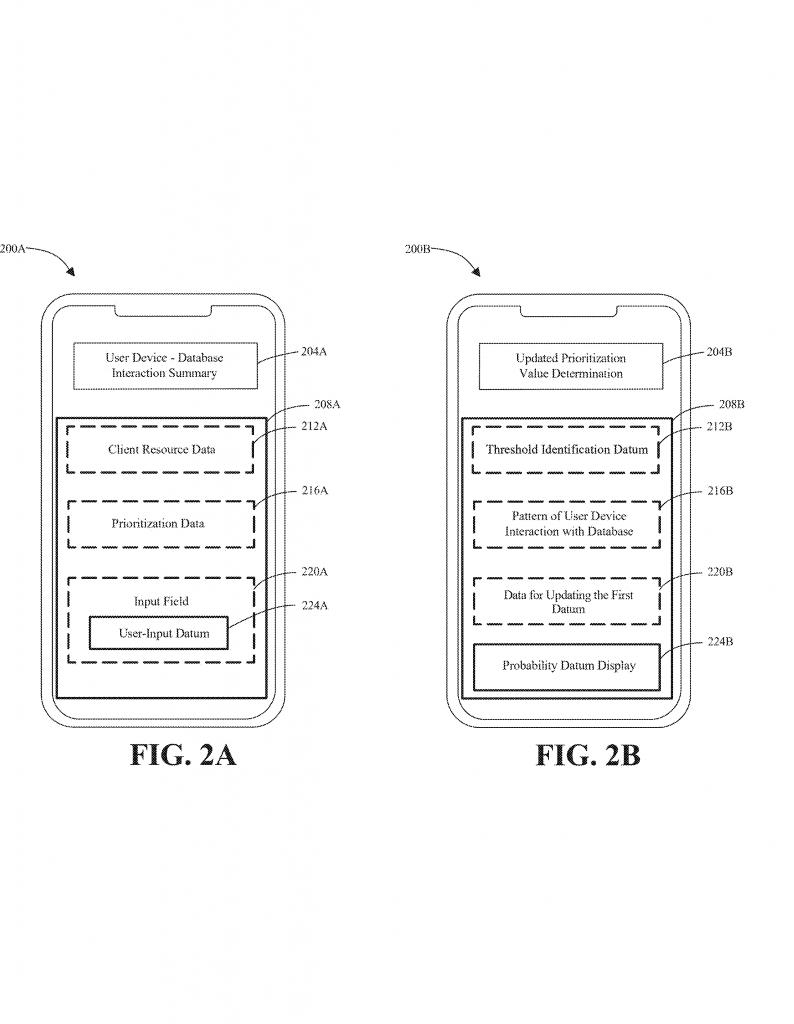
The system checks how well your current schedule matches your priorities. It looks for “divergence”—the difference between what you do and what you want. If you say you want to spend more time with family but your schedule is full of work tasks, the system will spot this divergence.
To help you see and fix this, the system builds an interactive display. On your phone, tablet, or computer, you’ll see a simple input field. Here, you can enter your preferences or adjust your goals. The system immediately updates your schedule, showing you an “optimal schedule” based on your new data.
What’s unique is how the system lets you see the gap between your current pattern and your goal. It can show you a “vector”—like an arrow—from your current label (“work-focused”) to your desired label (“more leisure”). The vector has an angle and a length, which make it easy to see how big the gap is. The system may also show this information in a grid or a list, making it clear where you are and where you want to be.
The machine learning model keeps learning as you use the system. Each time you update your schedule or give feedback, the model gets better at understanding your needs. Over time, it can predict what changes will help you the most and make smarter suggestions.
The invention also supports hierarchical feedback. If you add new activities or change your priorities, the system can show you how each change affects the whole schedule. It can even group similar activities and help you see which group needs more attention or less.
Another special feature is the use of “fuzzy sets.” Sometimes, your goals are not black and white. You may want to “spend more time with friends,” but you’re not sure how much. The system uses fuzzy logic to handle these soft goals, letting you adjust things in small steps and see the effect right away.
For businesses, the system can be used to track how teams spend time on different projects, spot inefficiencies, and suggest ways to improve productivity or work-life balance. For individuals, it can help prevent burnout, encourage personal growth, or make more time for what matters most.
From a technical point of view, the system is flexible. It can use different kinds of machine learning models (like neural networks, decision trees, or clustering methods) depending on the user’s needs. It can take data from many sources—manual entry, device tracking, or even web data. It is designed to work with both local and cloud-based databases, making it scalable for both personal and enterprise use.
The user interface is also carefully designed. The input fields, grids, and vectors are simple and easy to understand. The system avoids overwhelming the user with too much information. Instead, it focuses on showing the most important gaps and letting the user adjust their plan step by step.
Most importantly, the system is built for continuous improvement. As you use it, it learns from your feedback, updates its suggestions, and helps you get closer to your goals over time. This kind of smart, adaptive planning is a big step beyond the basic calendars and to-do lists most people use today.
Conclusion
This patent application describes a groundbreaking way to help people and businesses make better choices about their time and resources. By combining machine learning, interactive displays, and simple feedback methods, the system helps you see the gap between your current habits and your goals, and guides you to close that gap. Whether you want to work smarter, spend more time on what you love, or just get a better handle on your schedule, this invention shows a clear path forward. As AI continues to grow, tools like this will become essential for anyone who wants to live and work better in a fast-changing world.
Click here https://ppubs.uspto.gov/pubwebapp/ and search 20250217199.


